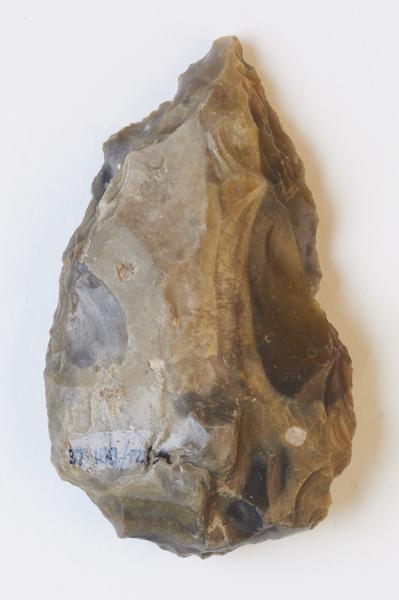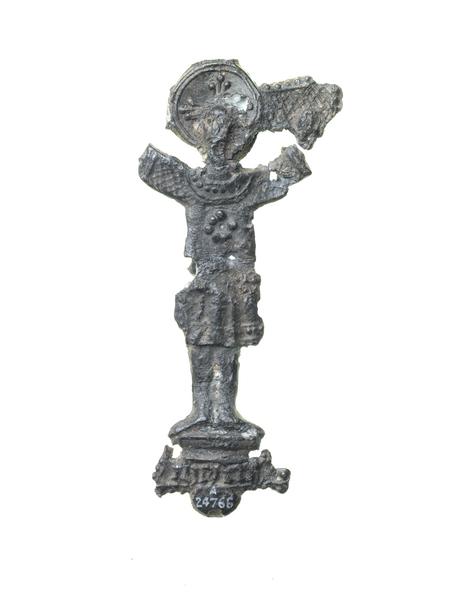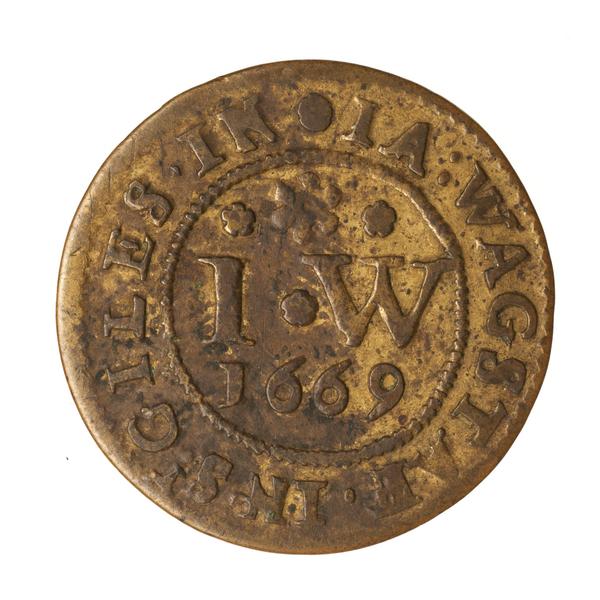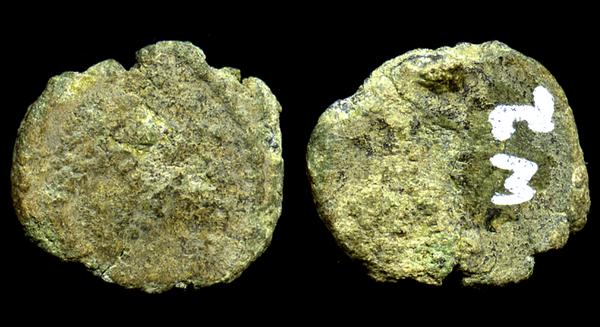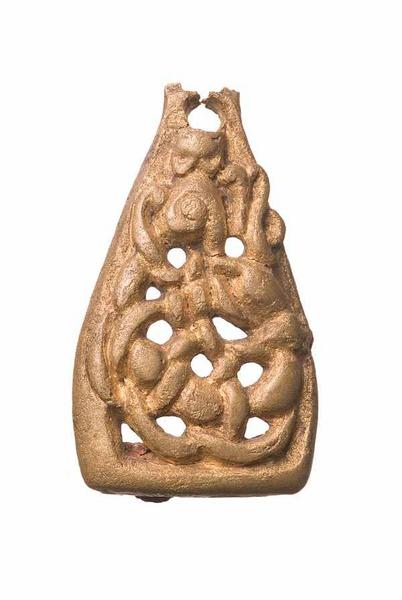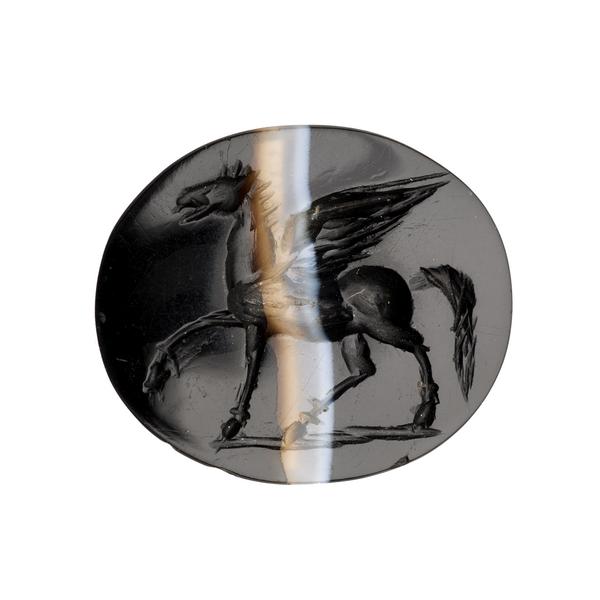Historic collections (prehistory–1700s)
London Museum’s extensive historic collections chronicle the city’s past. From prehistoric tools to Tudor treasures, the objects reveal London's rich and diverse history.
What was London like, long before it was London? And how has the city evolved over time? Alongside our scientific archaeological collections, London Museum’s historic collection houses many objects covering a vast period from prehistory to the 1700s. These have been discovered through building work, by individuals or in some cases have been passed down through the centuries.

The head of the Minerva, the Roman goddess of war, poetry, medicine, magic and crafts, without her metal helmet. The statuette was recovered from the Temple of Mithras site at Bucklersbury House, 125–175 CE.
Prehistory
For prehistory, the collection houses many flint and stone implements, including material of international importance from sites like Swanscombe, Yiewsley and Stoke Newington. There are also over 900 pieces of Bronze Age and Iron Age metalwork, mostly recovered from the Thames foreshore. Recently, the Havering Hoard, an important group of axe heads and other bronze objects, was added to the collection.
“The largest collection of Romano-British statues in Britain”
Roman period
The museum has the largest collection of Romano-British statues in Britain. This includes world famous pieces such as the representations of Mithras, Minerva and Serapis from the site of the Temple of Mithras. Red, ‘samian ware’ terracotta forms the most important group of this material in Britain, while the Thames mud has preserved copious amounts of leather goods from the period. In total, this is probably the best collection of Roman material relating to Britain in one institution.
Early medieval period
The early medieval period is particularly strong in goods from grave sites at Mitcham, Croydon, Hanwell and Ewell. There are also important collections of Late Saxon, Viking and Norman material, including pottery, domestic items and jewellery. The collection includes probably the finest Viking antiquity in the country, the carved tomb slab with a runic inscription found near St Paul’s Cathedral in 1852.
Medieval period
The medieval period is covered by an extraordinary collection of materials demonstrating the daily life of the city. With about 12,000 items, this includes dress accessories, knives, tools and arms and armour. Pilgrim and secular badges and souvenirs form an important group. The ceramics holdings are especially strong and demonstrate London’s trade links across Europe during this time.
“The Cheapside Hoard is the world's greatest hoard of Elizabethan and Jacobean jewellery”
Tudor period
Items from the Tudor period reflect huge changes in London life and society during this time, including the impact of the Reformation in the 16th century. These collections include metalwork, scientific instruments, trade tokens, musical instruments, and important holdings of glass and ceramics. The world-famous Cheapside Hoard is an internationally celebrated group of almost 500 pieces of Elizabethan and early Stuart jewellery.
More in our collections
-

Modern collections (1700s–present)
London’s socio-cultural and economic history from the 1700s, including the world’s largest Suffragette collection
-
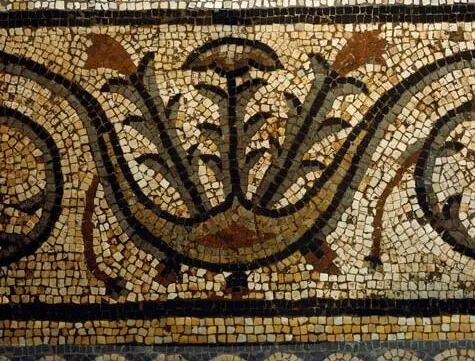
Archaeological collections
Explore six million artefacts, including human and animal remains from the Neolithic to Roman tiles and pottery
-

Dress & textiles
This 26,000-strong collection reflects London’s history as a centre of fashion and captures the 'London look'
-

Art & photography
Spanning over 500 years, this is a visual encyclopaedia of London from medieval altarpieces to contemporary digital art






